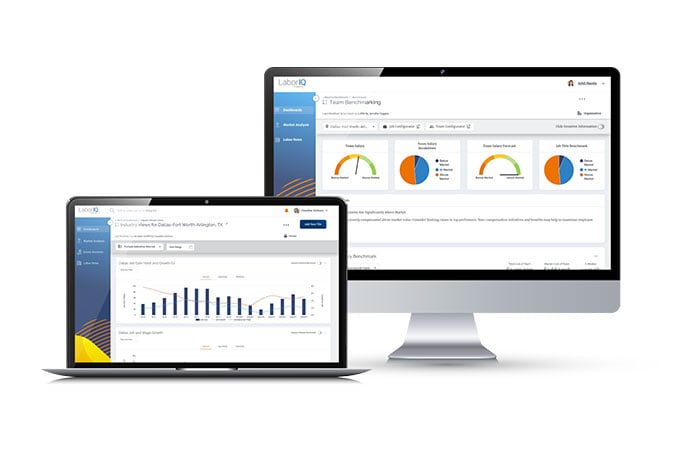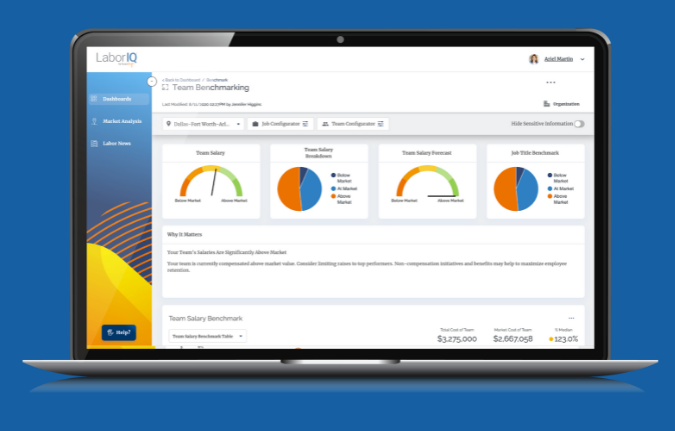Creating effective pay bands starts with a systematic, data-driven approach that balances market competitiveness with internal equity and organizational needs. While the topic may seem overwhelming, there are cutting edge software solutions that take the cost of research and time focus, and turn it into real wins for an organization’s HR / compensation teams.
Here are the guidelines for effective pay band management:
Market Research and Data Collection
Start with comprehensive salary surveys from reputable sources like Radford, Mercer, or industry-specific surveys. Gather data from multiple sources to ensure accuracy and representativeness. Include both base salary and total cash compensation data. Consider geographic differentials if your organization operates in multiple markets.
Job Analysis and Evaluation
Conduct thorough job analysis to understand roles, responsibilities, and requirements. Use a consistent job evaluation methodology to assess relative job worth within your organization. Group similar jobs together based on complexity, skill requirements, and organizational impact. This creates job families or levels that can share pay bands.
Band Structure Design
Determine the appropriate number of pay grades or bands for your organization. Too few bands create inequity; too many create administrative burden. Establish consistent range spreads within job levels – typically 20-40% for individual contributor roles, 40-60% for management positions. Set midpoints at market rate for fully competent performance.
Internal Equity Analysis
Plot current employee salaries against proposed bands to identify compression issues, inequities, or outliers. Ensure logical progression between job levels and that promotion opportunities provide meaningful salary increases. Address any significant disparities that cannot be justified by performance or experience.
Financial Impact Assessment
Model the budget impact of implementing new pay bands, including costs for bringing underpaid employees to band minimums and potential compression adjustments. Plan implementation timing and budget allocation for necessary salary adjustments.
Governance and Communication
Establish clear policies for salary progression within bands, including criteria for movement and approval processes. Create communication strategies to help employees understand the new structure and their position within it. Train managers on proper band administration and decision-making.
Regular review and updates ensure pay bands remain competitive and effective over time. Breakthrough software, like LaborIQ’s Pay Band Manager™, allows the user to set up reminders during review or budget setting season. The software will allow users to check current market rate against the pay band they have set, and will provide full historical reporting for compliance or corporate reporting.










































